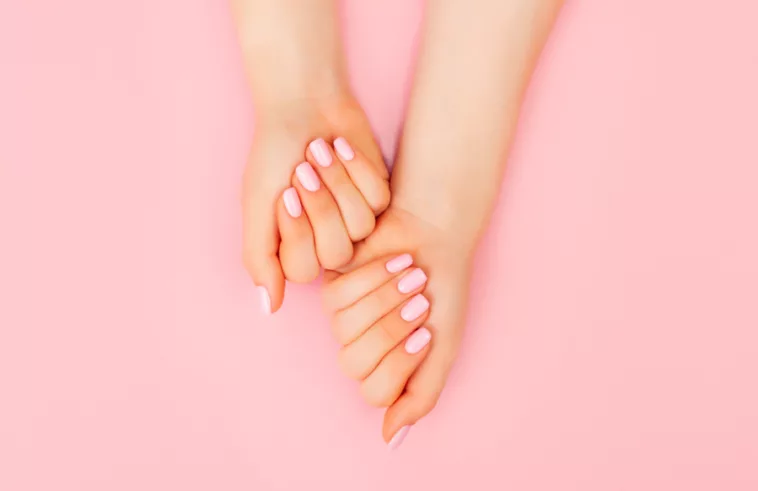Gel manicures are a great way to ensure your polish lasts longer and doesn’t chip. But, a recent study published earlier this year found that the UV lamps used to cure a gel-based manicure could damage cells in ways that potentially increase the risk for cancer. Let’s unpack the risks of getting gel manicures so you can decide if this method is right for you.
How Do Gel Manicures Work?
For the uninitiated, gel manicures last longer because the process uses gel-based polish that requires a UV or LED light to “cure” the polish. Curing means hardening the polish and locking it onto the nail. These manicures last longer — up to two weeks, according to some — and are “chip free.” One-color manicures using gel are priced around $35 to $40.
To remove or replace the manicure, you’ll need a second trip to the salon, or you can do it yourself with acetone, tin foil, cotton balls, and a nail file. Be careful, however, because removing your gel manicure too aggressively (by scraping it off, for instance) can damage your nails.
Are Gel Manicures Bad for You?
A growing number of studies indicate that regular use of UV nail lamps could accelerate aging and increase cancer risk. The problem comes from the UV light itself.
“UV rays from the sun, tanning beds, and these nail curing devices all use UV to penetrate into the DNA and mutate it; these mutations lead to skin cancer in the future,” said Board-Certified Dermatologist Dr. Anna Guanche.
The UV wavelengths are different for nail devices as compared to tanning beds, but the harmful effects are still a risk. Whereas tanning beds use 280-400 nm UV wavelengths, nail salon devices use 340-395 nm wavelengths. Most experts agree that this light is damaging, but studies are ongoing to determine how much damage the occasional gel manicure could cause.
Should you Avoid Gel Manicures?
There are no major studies that have concluded whether people who get gel manicures are more likely to develop skin cancer than those who avoid gel manicures. However, if you’re concerned about the potential risk, there are steps you can take to protect your skin.
One option is to wear SPF to your hands ahead of the appointment. Make sure to use SPF 30 or higher and to apply sunscreen at least 20 minutes before the appointment to give it time to sink in.
Alternatively, you could wear gloves to get some protective factor, with the fingertips cut out. This would limit the amount of skin exposed to UV light but wouldn’t protect your hands completely since some skin would likely still be exposed.
Or, you could switch to different long-lasting manicure techniques.
Alternatives to Gel Manicures
There are plenty of safer alternatives to gel manicures. Dipping is one option. “Available in a wide variety of shades and finishes, dip powder delivers up to three-week-long wear without being cured or sealed with a UV lamp, like gel,” reported Seventeen. Dip powder can be more time-consuming to apply, but it comes without the risk of UV damage.



